Are you struggling to play the keyboard with both hands? Well, you aren’t alone. Every great pianist struggles initially while using hands independent of each other.
Have you ever wondered how Lang Lang and Yuja Wang use two hands to do so many different things on the piano? I, for one, have indeed thought about it a lot.
Because I can’t. I am incapable of doing something as basic as scratching my head with one hand and scratching my neck with the other. Nope, I can’t do it! It feels weird! So, stop right now if you are worried that you can’t play piano with both hands. Because I have the perfect tips on how to play piano with both hands at the same time.
With a decent amount of patience and a teeny bit of daily practice, you can quickly master the art of
With a decent amount of patience and a teeny bit of daily practice, you can quickly master the art of hand independence in piano playing. To learn about hand independence in detail, keep reading this one.
What is Hand Independence?
The skill of using both hands simultaneously while playing piano but independently of each other is known as hand independence. Just consider it as everything about piano hand position.
8 Tips to Play Piano With Both Hands
1. Know Your Notes By Heart

Then, read your notes again and again and again. Figure out which keys you will play with your right hand and which keys with your left hand. Sounds confusing? A pianist friend of mine used to write them down on different pages to memorize and practice.
I suggest you try the same method. Remember, it will get twice as challenging as now without knowing the notes. But once you know the notes as per your hands, you are already one step ahead.
2. First, Master Each Hand Separately
Then, Practice With Both Hands
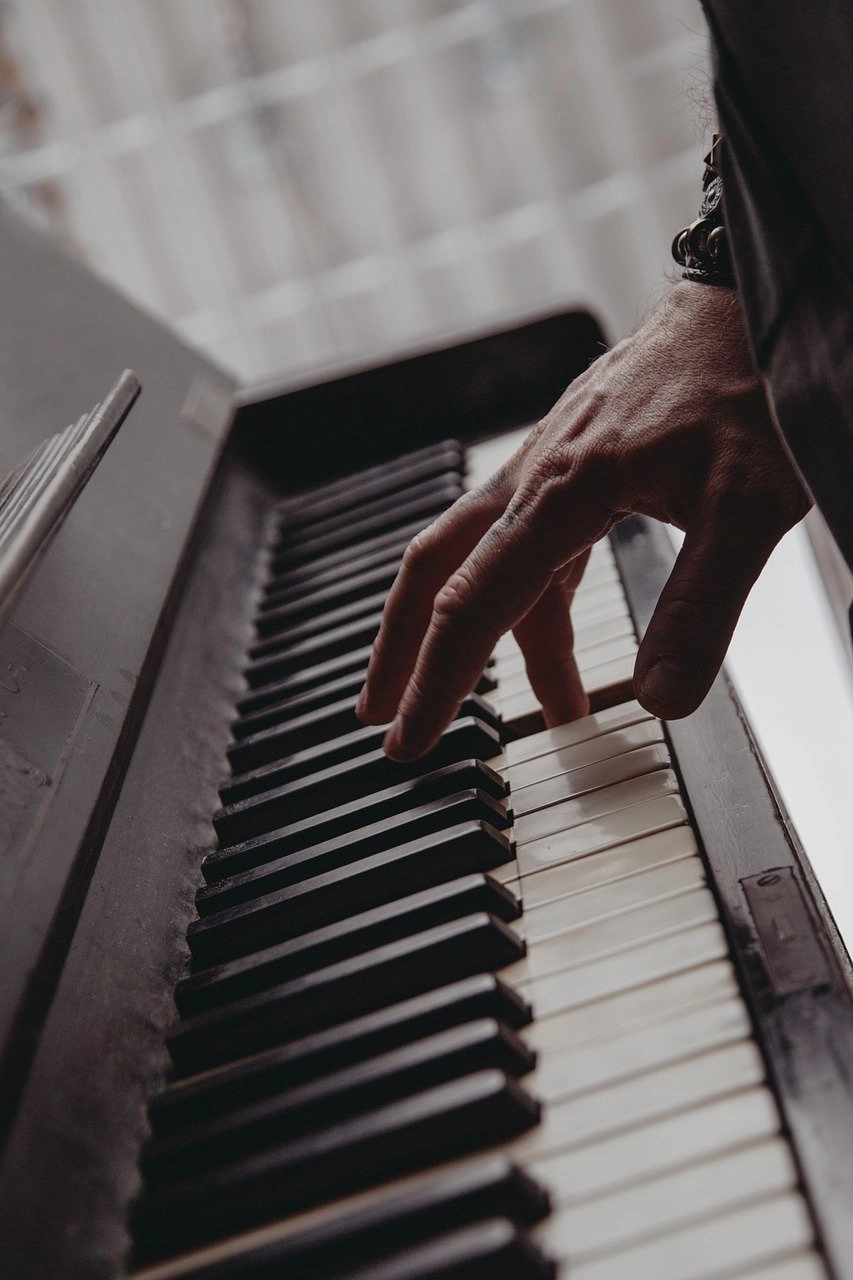

Can’t play with both hands yet? Then, why not keep practicing the way you can? I will be honest with you. It takes hours and hours of practice to play a piece on piano with both hands. For some beginners, it takes more than a year.

So, the solution is never to give up. Keep practicing! Which hand do you feel more comfortable with? Right or left Begin with whichever hand you feel more comfortable with. Practice the notes you are going to play with that hand. Now, let’s suppose you're playing with your left.
Where is your right hand now? In your pocket? Remember, you are learning to play with both hands. So, the motto is to work with both of them simultaneously. Therefore, while practicing with your left, keep your right hand on the keyboard.
Play with your left hand, and at the same time, beat on the keyboard with your right hand rhythmically. Now, change your hand and repeat the same process. This will help you to adjust to the habit of working with two hands simultaneously.on kjun doOnce you feel you’re getting comfortable, it’s time to try both hands on the piano. But, I think it’s best to try recommended two-handed piano songs for beginners. Also, I recommend learning proper piano posture and how to place your hands on a piano. Trust me; it will help a lot.
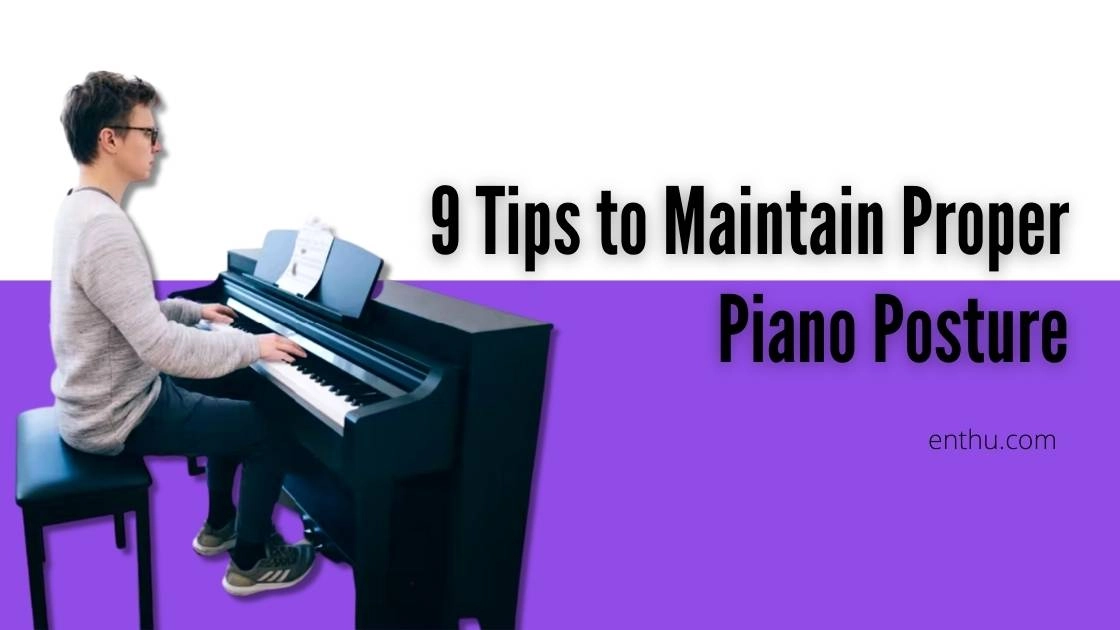
3. Take It Slow
You are mastering a challenging skill. More power to you! My advice is to take it slow. Be patient with yourself. So, when you are trying to play with both hands, play the music slower than it’s supposed to be. Even when you’re practicing with each hand one at a time, play at a slower tempo.
If today is your first day playing with both hands, I think it’s better to go with one note at a time. Cut yourself some slack. Give your brain the time to register the dual actions you’re about to perform at the same time. If necessary, talk to your coach during piano classes. Take time. Ask for help. DO NOT HURRY!
Begin practicing with two hands at a time only when you can play with each separately at a regular tempo.
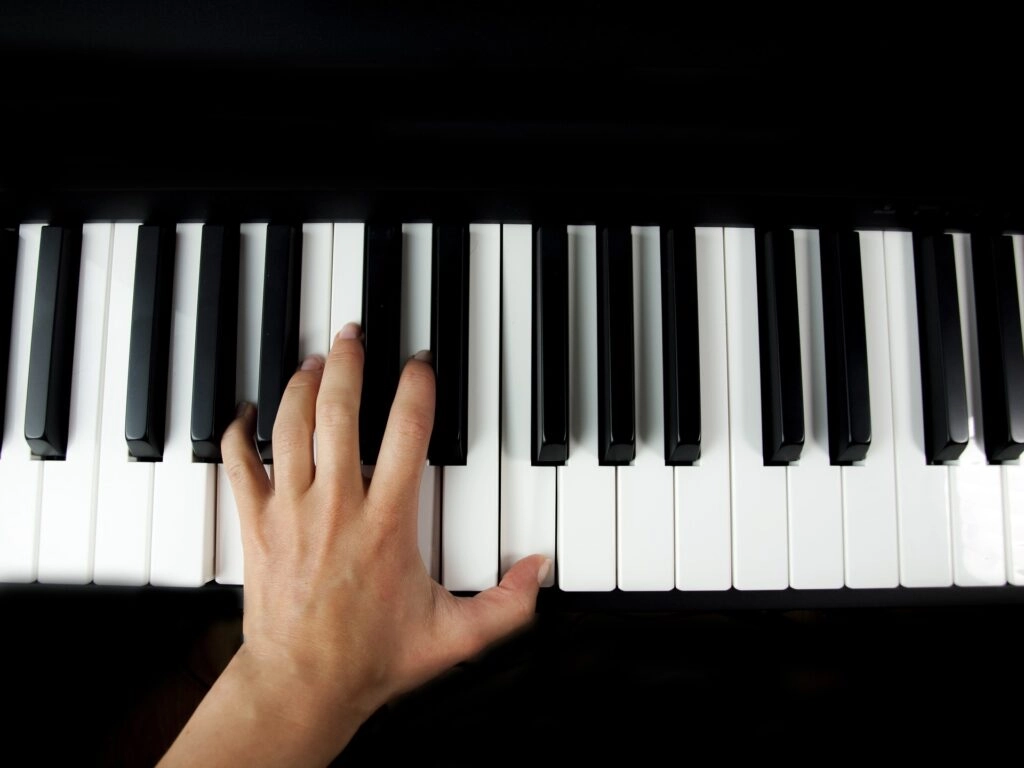
4. Use Both Hands to Play Arpeggiated Chords
If you’re using your favorite song when trying to play with both hands, you’re doing good. On top of that, if it’s working for you, awesome! But, here, I will suggest a practice for those who find it difficult, to begin with, a song or piece of music. Begin by choosing an arpeggio. Let’s say you picked C Major arpeggio.

Now, hold and play the C major (the root note of this example) with your left, and use your right to play the remaining pitches of the C Major chord, which are E4; G4; C5, in ascending and descending manner. Remember, you can pick any arpeggio of your choice.
It’s a great exercise to use both hands simultaneously on the piano. By regularly practicing this exercise, you will be playing a song with both hands in no time.
5. Ascending and Descending Scales
Play in Opposite Directions It’s another exercise to get comfortable with playing with two hands. In this exercise, you will pick one scale. Let’s continue with C Major once again.
Now, position your hands in a manner so that the little finger of your left-hand falls on C3 and the little finger of your right-hand falls on C5.
Next, play the scale descending to C4 with your right hand while playing the scale ascending to C4 with your left. Now, keep repeating the exercise for 15 to 20 minutes every day until using both hands feels comfortable.

Learn Piano From Expert Teachers
Book a free demo class with one of our top teacher and start learning Piano

6. Play One Scale On Top of Another Scale
Play in Canon Beginners often find it confusing–playing in canon. Although it sounds complex, don’t worry! I am not here to scare you. This exercise is similar to the previous one. All you need to do is: play the scales in canon.
It means that the piano player needs to wait a certain amount of time before playing a scale over another scale. If it feels strange to play scales, pretend that you’re playing a melody over top of another melody. Because that's what you would do once you achieve hand independence.
Is it still confusing? Well, let me clarify it with an example. Start by playing the C Major Scale at C3 using your left hand. Next, wait for a quarter beat before playing the C Major Scale with your right hand. Remember, at this point, your left palm will be at E3.
Continue playing each hand’s scale as you planned but with one-quarter beat’s difference between the two scales. Once you are confident with this exercise, you can increase the difficulty level by increasing the amount of time given between canonical entrances.
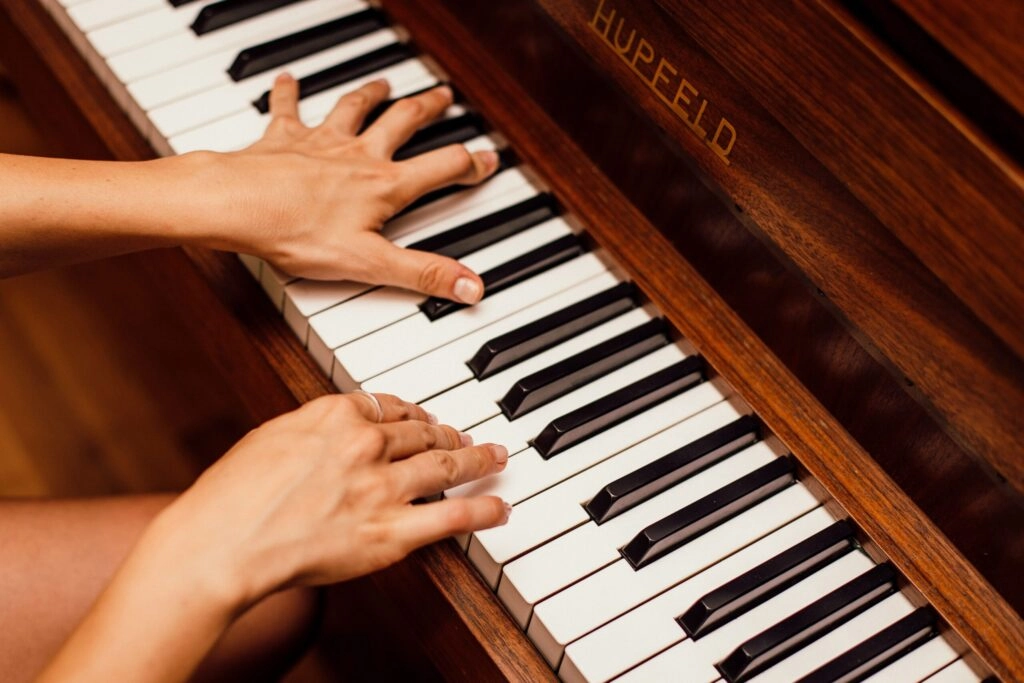
7. Practice Bach’s 15
Inventions Bach’s 15 inventions are extraordinary pieces to master hand independence. These are technically sufficient and melodically sweet enough to lure a beginner like you. So, why delay? Dig up the notation for Bach’s Inventions and learn them quickly.
One tip: don’t try both hands all at once. Begin by learning to play each hand independently.
8. Practice Polyrhythm Exercise
Have you ever heard about Polyrhythmic exercises? No worries!
I will tell ya. Polyrhythm exercises involve playing multiple rhythms at the same time. Also, there are several approaches to practice complex polyrhythms. It would help to find out where the right-hand cross with the left in one approach.
Now, mark those notes to use as landmarks. You can draw a line linking them in the score to make it easier. Now, you are ready to practice the notes between the separate “landmarks.”


Conclusion
Dear future pianist, hang in there! You’re doing great. If you are practicing the above exercises and using the suggested tips, you will soon play with both hands.
That too on the stage. So, all the best for your future concerts. Till then, keep up the enthusiasm! Checkout our blogs on the history of piano and popular piano music for further reading.
FAQs
1) Why is it so hard to play with both hands?
It’s so hard to play with both hands because your hands need to work independently of each other. But naturally, our hands aren’t independent. Therefore, it requires lots of practice to achieve hands independence.
2) Is piano hard to learn?
Like any musical instrument, the piano is also challenging to master so quickly. Although it's easy to play as a beginner, it takes years of practice, patience, and hard work to play the keyboard professionally. However, according to pianists, practical lessons are easier than music theory. So, I think learning piano is easier than beginners assume.
3) What to practice to learn playing with both hands?
Practice playing arpeggio, scales in opposite directions, scales in cannon, Bach’s 15 Inventions, and polyrhythmic exercises to learn to play with both hands.
4) How long does it take to play piano with both hands?
It will take around four to five months to play piano smoothly with both hands. But I am talking about rigorous practice for at the least two to three hours a day. If you keep practicing, you will soon get there.

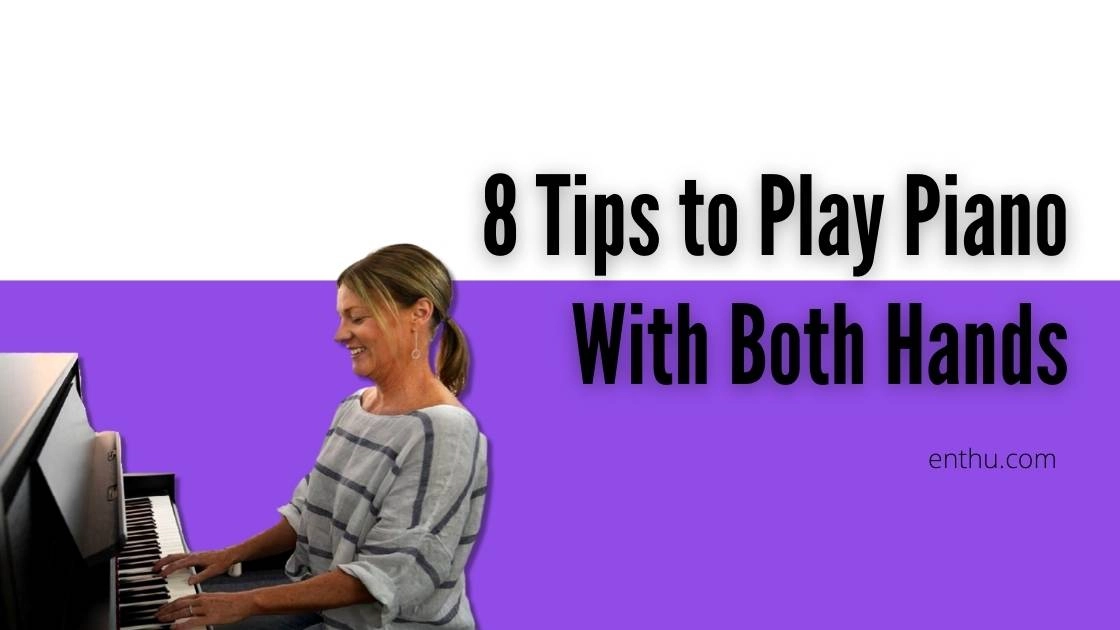
Comments